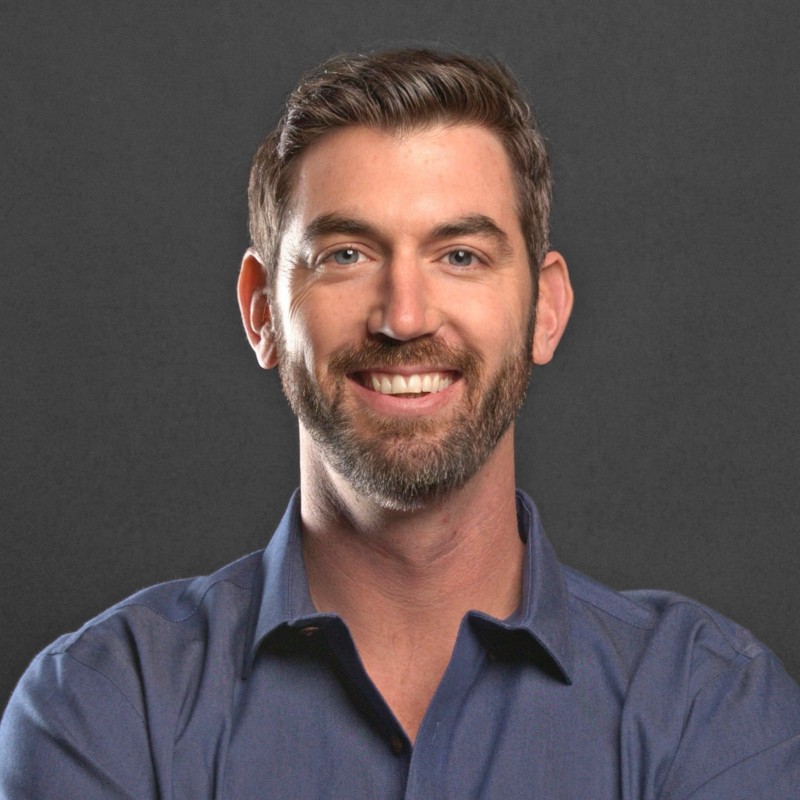ITL:
You wrote a nice piece for ITL recently on why agents and brokers should embrace AI. I wanted to follow up, given all the recent developments with generative AI, and talk about where you see the benefits of AI, both now and in the future.
Sivan Iram:
Absolutely. The mission is to bring technology to build better tools for insurance professionals. AI is just a means to an end. But it has immense potential to bring in capabilities that we’ve never seen before.
The place where GPT models, large language models, excel is with textual information. These models can take in large amounts of data, truly understand it and synthesize it and create new content out of it. That may mean summarizing it, enriching it with external information or composing new bodies of work.
I can be specific. At the core of Capitola, we're trying to bring efficiency to the middle market—larger companies’ insurance needs still require tailor-made products and solutions. Our AI lets us extract information from large documents and summarize them to get brokers and account managers familiar with the risk. We can automatically generate emails and mesh with whatever communication protocol the underwriter uses, so the underwriter can read through the responses and understand what they mean.
I'll give you a quick example. The other day, an underwriter wrote back to a broker about a real estate placement and said, “We don't insure anything built prior to 1946.” The AI read that response, understood that it was a declination and understood the reason. The AI will remember what happened and, the next time a broker is trying a placement on a building built before 1946, will tell the broker up front, This market doesn't accept anything prior to 1946.
We refer to the AI as a co-pilot because it sits set to the broker in the cockpit, helping every step of the way.
ITL:
I’m hearing the term “co-pilot” more and more. I've used different terms over the 35 years I’ve been following AI, but I think I like that one.
You said generative AI excels with text. Would you provide more context to help people understand why it’s so different than what’s come before?
Iram:
The most basic technology that can extract data from documents is OCR: optical character recognition. It's based on computer vision, which is a machine learning algorithm, but it’s very basic form of AI. It doesn't do a great job with scanned documents, and you can't really do handwriting. That was generation one.
The second generation extracted data based on syntax, not just characters. If you wanted to extract, let's say, the dollar value of the premium on a certain policy, the AI looked for the word “premium.”
The big leap with the third generation, with GPT technology, is that there’s a semantic understanding of the text. You can extract information via inference. The word “premium” doesn’t have to be there for the AI to understand that that’s what’s meant.
But that's only the first thing. Another thing we can do is enrich the information from publicly available data sources. If you want the last five or 10 years of revenue numbers for a company, you just ask the AI to go out and fetch the information.
The last thing we see is risk appetite matching. AI can help brokers know what markets to go to for every risk.
GPT has both a brain and a mouth, and people really get excited by the fact that it has a mouth, so you can talk to it, and it can respond. But even the brain in itself is a large language model that marks a huge improvement. The AI’s brain can look at huge datasets, understand what’s there, synthesize it and create insights and recommendations. Then there is the added benefit of the mouth, so you can also talk to it as if it were you.
ITL:
Drawing on the capabilities of the AI, you’ve also adopted a very modern design perspective, right?
Iram:
We start with deep, deep empathy with the broker: understanding their pain points, understanding their needs and putting them at the center of the process. Traditionally, most of the software that's been built for the industry required people to perform repetitive, manual tasks, such as entering data. We bring a new methodology, which is a very popular trend called “consumerization” of the enterprise. You think about the user first – the broker, in our case – and design everything for their benefit. You try to put them in a state of flow.
The new generation of brokers are folks who enjoy consumer tech, they watch Netflix and they use Instagram and other tools, then they go to work and they work with a system that feels like it was designed in the ‘90s.
ITL:
Helped me visualize this. If I'm a broker, and I'm using the Capitola system, what does my day look like versus what it would have looked like?
Iram:
Most likely, the brokerage that employs you has an agency management system with screens upon screens and all these different modules. You keep switching windows, working out of your Outlook, which is a tool designed for emails, as you work on 12, 13, 14 different placements. There's a constant stream of emails coming in, and you have to quarterback everything in your mind. You have to understand which email relates to which placement. You might be using Notes on the side, using Excel, sometimes using Word and PowerPoint to create customer proposals.
Capitola moves you to a project-based system. Every single placement is its own tiny project. If it's a basic, simple renewal, it takes you a couple of days to complete. Some are really complex. You might need to go really broad with a marketing exercise, or you might have a shared or layered program and have to really think about the structure. But, with Capitola, you see your entire book of business, organized by accounts, organized by renewals and placements, with all the documents there, and can deal with each project independently rather than all at once.
ITL:
And you have a sort of little AI on your shoulder whispering advice to you, such as not to try to place a building built before 1946 with a particular market?
Iram:
Today, carriers try to communicate risk appetite but in a very analog way. They do it at conferences, they do it at events, sometimes on the golf course, maybe through marketing emails. But really, at the moment of submission, every broker has their own algorithm running in their head.
To improve on that process, we're taking very explicit indications from the carriers themselves, which are giving us their underwriting guidelines. The promise we make is simple: Tell us what your risk appetite is, and you’ll get a highly curated deal flow from Capitola.
Number two is we're also working with the leadership of every brokerage we work with to understand what their preferred markets look like, all else being equal in terms of coverage and terms and price. Every brokerage has their natural partners.
And the third source is transactional data. We're reading the emails for indications of risk appetite and watching to see which placements are accepted and which are declined.
Combine all that, and we’re able to come up with a market recommendation engine that sits on the broker’s shoulder and whispers wisdom into the broker’s ears.
ITL:
That’s great. But what have you done for me lately? What's next?
Iram:
The company started in 2021, and for the first year and a half we were kind of under the radar in terms of public activity. But the two sides of the market, brokers on one side and carriers on the other, are getting more and more engaged, so we’ve started spreading the word. We finalized our Series A raise in April, and now we're on the mission to bring on board as many brokers as we can and as many carrier partners as we can. We plan to keep building capital and make an impact in the ecosystem.
ITL:
It sounds like you’ll do great. Best of luck.
About Sivan Iram
 |
Sivan is the co-founder and CEO of Capitola, the world's smartest digital marketplace for commercial risk. He has raised $20 million to date from some of the world's best venture capital firms, including Lightspeed Ventures. Currently leading a team of 20, he is responsible for setting the company's vision and mission, making strategic decisions, and ensuring that the company's sales targets are being met. Sivan holds an MBA from Harvard Business School and has a background in Software Engineering. |








